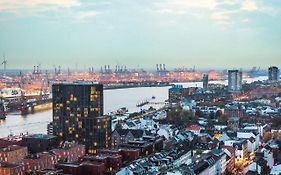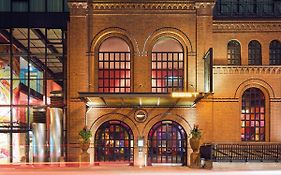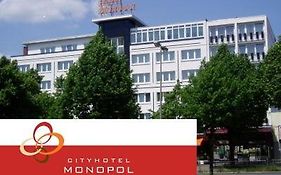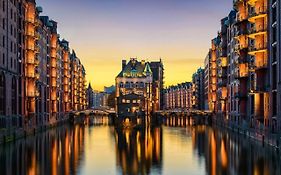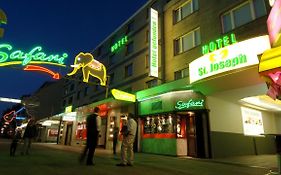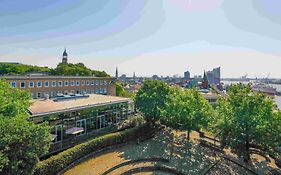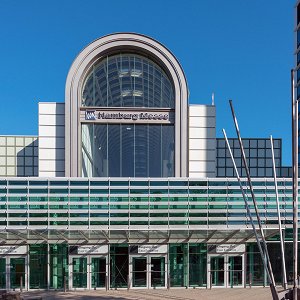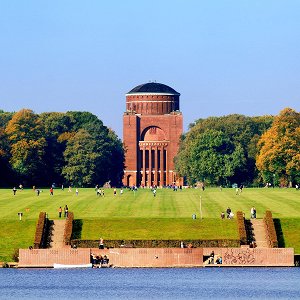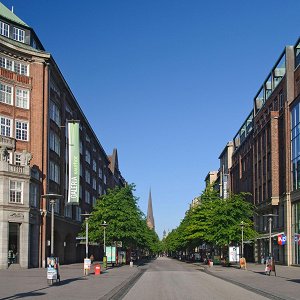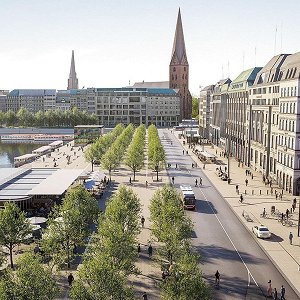
Embed Image

Embed Image
The Alter Elbtunnel, also known as the St. Pauli Elbe Tunnel, is a significant historical site in Hamburg, Germany. It was constructed in 1911 and serves as a fascinating example of early 20th-century engineering feats. The tunnel was a pioneering construction achievement, utilizing advanced techniques for its time, such as the use of large iron rings to create the underwater sections. Its intricate architectural style and robust design have contributed to its status as one of the city's most iconic landmarks. The tunnel is renowned for its cultural symbolism, being a symbol of Hamburg's industrial heritage and innovative spirit. Visitors can explore this marvel of engineering with guided tours and experience the unique sensation of walking or cycling beneath the Elbe River, offering a rare glimpse into the city's past.
The Alter Elbtunnel holds great significance in Hamburg's history, as it played a crucial role in connecting the city center with the harbor district. The tunnel's construction was a response to the increasing traffic and the need for better access to the bustling port area. The site has witnessed numerous historical events and has become an integral part of Hamburg's identity. Visitors can learn about its impact on the city's development and the cultural and economic importance it holds for locals. The tunnel is also associated with local stories and legends, adding an intriguing layer of mystique to the experience of exploring this remarkable feat of engineering.
Accessibility is a key consideration for visitors, as the tunnel offers pedestrian and cyclist access, making it an enjoyable and unique way to traverse the river while soaking in the historic ambiance. The site has been meticulously preserved, and ongoing restoration projects ensure that its architectural beauty remains intact for future generations to appreciate. Travelers are encouraged to visit during non-peak hours to fully appreciate the historical and architectural marvels that the Alter Elbtunnel has to offer. With its blend of history, engineering, and cultural significance, it is a must-visit location for tourists seeking a deeper understanding of Hamburg's rich heritage.








